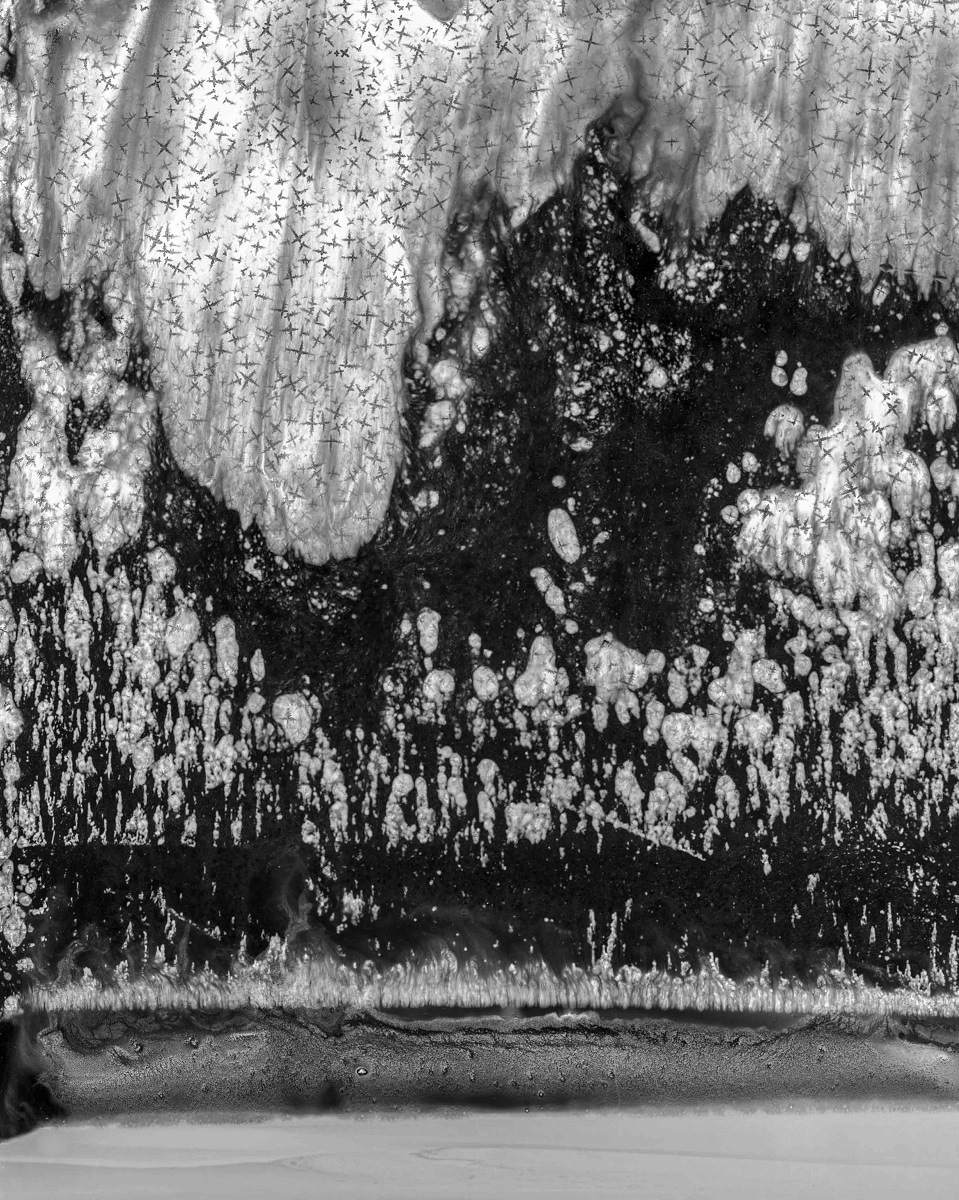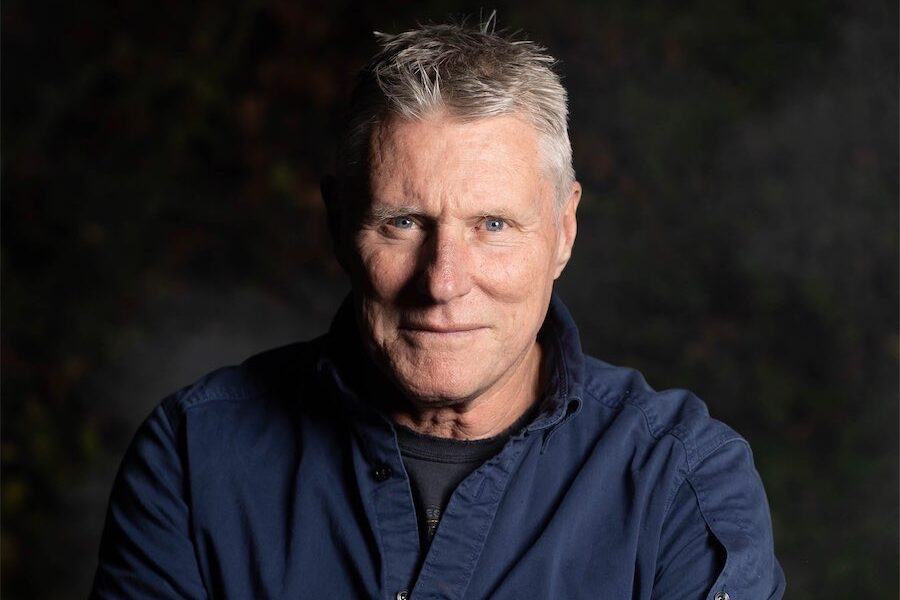
ONE of the more innovative and creative genres in contemporary environmental photography has a curiously retro feel to it.
Broadly, it involves some reversion to analogue processes. This genre is hands-on. The photographers might use soil biota such as fungi, local “dirty” water, or local minerals as additives when developing negatives. The pictorial result merges the results of light capture with earth processes. These sometimes anarchic analogue processes are, at times, a welcome break from our all-pervasive digital world.
For Hawker’s art, four concepts overlap. The first is a desire to connect with nature. The second is that nature can be a co-creator. The third is that humans cannot control nature. The fourth is that landscapes embed our history.
To reflect these concepts, Hawker adds local salt to photographic emulsions during the development of negatives.
“Salt” represents a jump step in Hawker’s ongoing creative development. The large scale prints are dramatic. The continuity is provided by the conceptual underpinnings along with the technical evolution of the salt application.
Does the above always work? In an important sense, this should not be an expectation.
Sometimes, nature does the unpredictable thing. The results may have a somewhat schizophrenic look to them: the landscapes may look extremely real and extremely not real at the same time. The juxtaposition of crystal-scale marks with sweeping landscape scale light capture tends to create dual visual realities.

Hawker’s particular gift lies in unifying these elements pictorially.
When it all comes together as in “Voices [Kati Thanda-Lake Eyre], 2022”, “Mount Gulaga, 2021” and “Dark Crystals, 2021”, Hawker’s works are major artistic achievements.
The art works are complemented by Hawker’s workbook which is well worth a fossick in its own right. A set of negatives give us intriguing insights into what things look like part-way through the process.
To capture her landscapes, Hawker travelled from the south coast to Kati Thanda – Lake Eyre. Where feasible, she connected with indigenous traditional owners. She physically and spiritually immersed herself in the landscapes.
Hawker’s landscapes conform to one dominant theme in contemporary Australian landscape photography. Most such images are depopulated. There are occupation middens on the shores of the lake. For Australian landscape photographers, putting people back into landscapes seems to be something of a major creative challenge. Would they be tourists? Would they be pastoralists? Would they be miners? Would they be the traditional owners? Would they be a mix of all four?
Hawker’s works are held in numerous institutional and private collections. Hawker won a Canberra Critics Circle award for photography in 2021. She won the Mullins Conceptual Photography Prize in 2022. The “Salt” opening night crowd of 200 was booked out. Judging by the multiple clusters of red dots, “Salt” is a major commercial success.
It is a great pleasure to see Canberra-based Sammy Hawker’s career flourish.
Who can be trusted?
In a world of spin and confusion, there’s never been a more important time to support independent journalism in Canberra.
If you trust our work online and want to enforce the power of independent voices, I invite you to make a small contribution.
Every dollar of support is invested back into our journalism to help keep citynews.com.au strong and free.
Thank you,
Ian Meikle, editor








Leave a Reply